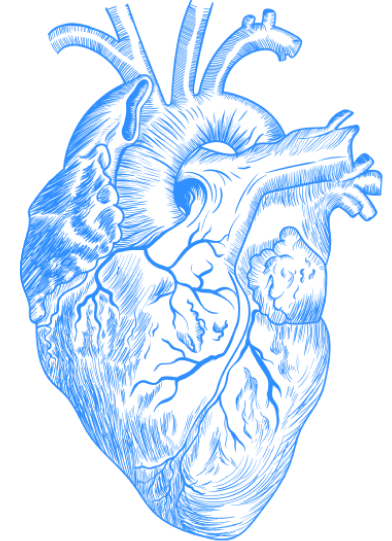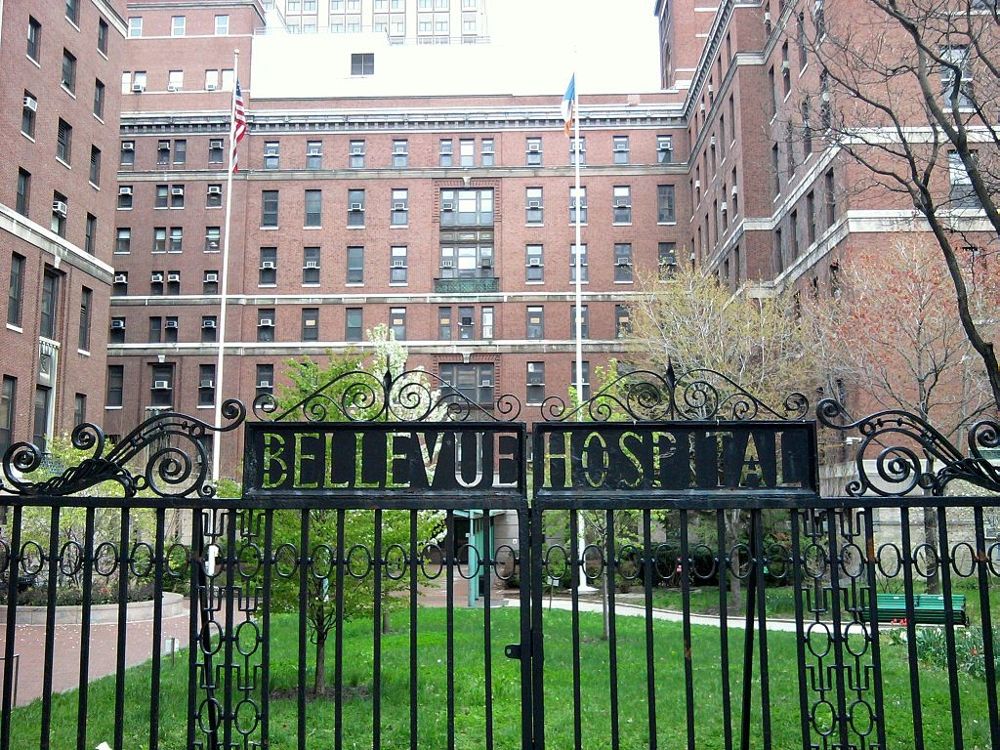
It is altogether curious your first contact with poverty. You have thought so much about poverty — it is the thing you have feared all your life, the thing you knew would happen sooner or later; and it is all so utterly and prosaically different. You thought it would be quite simple; it is extraordinarily complicated. You thought it would be terrible; it is merely squalid and boring. It is the peculiar lowness of poverty that you discover first; the shifts that it puts you to, the complicated meanness, the crust-wiping.
– George Orwell, Down and Out in Paris and London
George Orwell’s 1933 memoir, Down and Out in Paris and London, relates the clear-eyed experience of being homeless and penniless. The novel’s protagonist lives in Paris giving English lessons and eventually experiences a stroke of bad fortune and loses his job; money slowly but surely disappears. He is overcome with “a feeling of relief, almost of pleasure, at knowing yourself at last genuinely down and out.”
 Imagine, Orwell asks of us, what this bad fortune means. You cannot send letters because stamps are too expensive. At the baker, an ordered pound of bread weighs in slightly more and thus costs slightly more — and you cannot pay for it. You avoid “a prosperous friend” on the street so he won’t see that you’re “hard up.” And you’re hungry. Wherever you walk there are inescapable reminders of this: bakeries, restaurants, coffee shops. “Hunger,” Orwell writes, “reduces one to an utterly spineless, brainless condition, more like the after-effects of influenza than anything else.” Months pass by in between baths. Clothing is pawned. In the midst of this scramble to live, however, one forgets that there is, indeed, a lot of time with nothing to do at all: “you discover the boredom which is inseparable from poverty; the times when you have nothing to do and, being underfed, can interest yourself in nothing.”
Imagine, Orwell asks of us, what this bad fortune means. You cannot send letters because stamps are too expensive. At the baker, an ordered pound of bread weighs in slightly more and thus costs slightly more — and you cannot pay for it. You avoid “a prosperous friend” on the street so he won’t see that you’re “hard up.” And you’re hungry. Wherever you walk there are inescapable reminders of this: bakeries, restaurants, coffee shops. “Hunger,” Orwell writes, “reduces one to an utterly spineless, brainless condition, more like the after-effects of influenza than anything else.” Months pass by in between baths. Clothing is pawned. In the midst of this scramble to live, however, one forgets that there is, indeed, a lot of time with nothing to do at all: “you discover the boredom which is inseparable from poverty; the times when you have nothing to do and, being underfed, can interest yourself in nothing.”
Orwell based such descriptions largely on personal experiences. In 1927 he spent time in the company of tramps and beggars in London, dressed in worn-out clothing and sleeping in poor lodging-houses for two or three days. He subsequently moved to Paris and subjected himself to similar experiences. In doing so, he eventually brought attention to the plight of the poor, providing an honest, unvarnished look at what it was like to be down and out.
Rereading the book reminds me of Bellevue Hospital, New York City’s flagship public hospital. Bellevue, or its progenitor, was originally an infirmary in Manhattan in the 1660s and became the most well-known of the public hospitals in the country (I have written about it for Public Discourse). Here physicians treat the uninsured, the undocumented, and the homeless. It is a rare day when a physician at Bellevue does not interact with New York’s poorest residents.
 |
| Jim Henderson (Creative Commons) |
Sometimes they come in search of medical care and sometimes they come in search of a meal. They stumble in from homeless shelters or from street corners, inebriated, withdrawing from drugs or alcohol, psychotic, suicidal, deathly ill or sober. Occasionally they unknowingly enter the emergency room with lice or bedbugs and nurses delouse them with multiple layers of permethrin, an insecticide. The physician must approach these infested patients with a hairnet, gown, and gloves — the lice crawl on the patient’s head, chest, arms and bed sheets. The smell sometimes overwhelms the doctor or nurse, too. It may have been months since the patient has bathed, and the odor percolates throughout the room and the hallway.
As I wrote in my Public Discourse piece, the patient presentations are frightening and remarkable:
Ride the elevator down, and you will stare in horror as an agitated drug addict with an infection tries to punch a physician while bolting out of his hospital room with security guards and nurses in pursuit. Next door, a homeless patient lies in bed with heart failure. Next to him is a patient who’s visiting New York from Africa with a raging AIDS infection. Peer into another room down the hall, and you can watch patients withdrawing from alcohol or heroin, thrashing about and screaming.
Physicians have the unique privilege at Bellevue to see poverty up close, which so rarely occurs in upper and middle class professions. But as close as we are, we don’t really understand the poor the way Orwell did. We don’t live amongst them or feel the curse of extended hunger or the uncertainty of when the next meal will come. We don’t experience that odd sensation of boredom, where there is nothing to do because one has nothing to do it with. And we cannot fully empathize with their fragile health.
This is why Orwell’s book is so enlightening. At least we get a description of what some of Bellevue’s patients may go through; at least we get a glimpse. It creates a little less space between the comfortable and the impoverished.
But Orwell wasn’t wholly right about the poor. He wrote in Down and Out:
The mass of the rich and the poor are differentiated by their incomes and nothing else, and the average millionaire is only the average dishwasher dressed in a new suit. Change places, and handy dandy, which is the justice, which is the thief? Everyone who has mixed on equal terms with the poor knows this quite well. But the trouble is that intelligent, cultivated people, the very people who might be expected to have liberal opinions, never do mix with the poor.
True, there is a closeness between “intelligent, cultivated people” and the “poor” simply by virtue of being human. However, there are deep differences that would not disappear if the two simply switched jobs and clothing. For instance, in 2016, four percent of U.S. adults experienced a “serious mental illness.” This did not cover patients without fixed addresses — the homeless. And approximately one fifth of the homeless in the United States suffer from a severe mental illness. Even if the definitions of “severe” and “serious” don’t match up precisely, the difference between mental illness among the homeless and other US adults is huge. And these differences matter both to policy analysts and to physicians.
Two epidemiologists, Elizabeth Bradley and Lauren Taylor, have written a thoughtful book dealing with the issue of rising health care costs entitled The American Health Care Paradox. In it they argue that our skyrocketing health care expenditures (we spend more than double the share of GDP of other developed countries on health care) and poor outcomes (we are in the high 20s or low 30s in rankings among OECD developed countries for maternal mortality, life expectancy, low birth weight, and infant mortality) are not due to overspending, but rather to underspending by the United States on social services — affordable housing, education, access to healthy food, and so forth.
Bradley and Taylor explain how this happens:
Several studies have demonstrated the health toll of living on the streets; more than two-thirds of America’s homeless population suffer from mental illness or substance dependency, while nearly half have at least one additional chronic condition such as diabetes or hypertension. The high costs of health care provided to people who are homeless have been well documented. For instance, in one five-year period, 119 people who were chronically homeless and tracked by the Boston Health Care for the Homeless Program incurred a total of 18,834 emergency room visits estimated to cost $12.7 million.
This makes sense. Many of our homeless patients deal with chronic diseases like diabetes, mental illness, or congestive heart failure. We stabilize them in the hospital and send them back to a shelter or the street. Often they return the next week with exacerbation of their heart failure or sky-high blood sugars or psychosis, even when medication is provided by the hospital without charging the patient.
Thus a chasm separates our world and that of the poor, yet they are entangled. How can you get someone to start eating vegetables and fruits and whole grains in order to mitigate the effects of diabetes if they don’t have money to buy these foods? How can you control a child’s asthma if a family does not have money to clean their apartment and rid it of the vermin, bugs, and dirt that pervade the nooks and crannies? How can you ensure a psychotic patient takes his medication when he can barely feed himself? The homeless face a very different and more intimidating set of difficulties than the wealthy. And these translate into challenges for physicians, who do not have the time or skill to be both doctors and social workers.
We, as physicians, care for the patients until they are ready to leave the hospital. Then they face their poverty on the street. Our view is but a brief and skewed snapshot. In our myopic hospital world, the hospital stretcher is detached from daily life. And this is necessarily so, to a certain degree. Physicians can only do so much to fix societal ills — they cannot create a job, a safe home environment, or a loving family for the patient.
Nevertheless, both wealthy patients and poor patients succumb to cancer, strokes, and heart attacks. Both undergo the humiliating process of death and dying. In this sense, death and disease are often great equalizers. Neither the poor nor the rich can escape them. They rapidly close the chasm between the two classes. And at least in that vein, Orwell was right.

